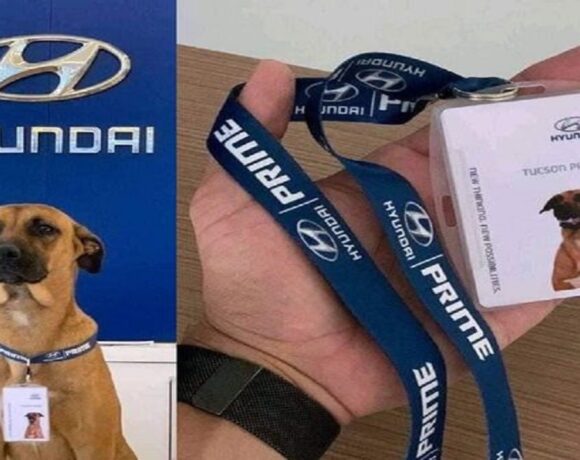The Finicky Feline Palate: Why Cats Are Picky Eaters

Cats have earned a reputation for being discerning eaters, and their dietary preferences often leave pet owners puzzled. But what drives this finicky behavior? According to a recent study, the answer lies in a cat’s natural inclination to seek out foods with a specific ratio of protein to fat: 1 to 0.4. In this blog post, we’ll dive into the fascinating world of feline nutrition to uncover why cats are such picky eaters.
The Protein-Fat Ratio Dilemma
For cats, it’s all about the numbers. Researchers have found that cats have a strong preference for a specific ratio of protein to fat in their diets—1 to 0.4, to be precise. This means that for every gram of fat, a cat prefers to have 2.5 grams of protein. But why is this ratio so critical?
1. Carnivorous Instincts
Cats are obligate carnivores, which means their bodies are designed to thrive on a diet primarily composed of animal-based proteins and fats. In the wild, cats’ prey often provides this ideal protein-to-fat ratio, making it the gold standard for feline nutrition.
2. Energy Efficiency
The 1:0.4 protein-to-fat ratio aligns with cats’ evolutionary need for energy. Cats have high-energy demands, and this ratio optimizes the energy they can extract from their food. Protein supplies essential amino acids, while fat is a dense source of energy.
3. Taste and Aroma
Cats have a highly developed sense of taste and smell, making them acutely aware of the flavors and aromas of their food. Foods with the 1:0.4 ratio tend to be more appealing to cats, as they align with their evolutionary preferences.
The Consequences of a Mismatched Diet
When a cat’s diet doesn’t meet its preferred protein-to-fat ratio, several issues can arise:
a. Weight Gain: Diets with excessive fat and insufficient protein can lead to weight gain, as cats may overeat in their quest for more protein.
b. Muscle Loss: On the flip side, diets with too little fat and protein can result in muscle loss and malnutrition.
c. Disinterest in Food: Cats may refuse to eat foods that don’t meet their preferred ratio, leading to nutritional deficiencies.
d. Health Problems: Over time, a diet that deviates from a cat’s natural preferences can contribute to various health issues.
Catering to Your Cat’s Preferences
Understanding your cat’s natural inclination for a 1:0.4 protein-to-fat ratio can help you select high-quality cat foods that align with their nutritional needs. Look for products that list animal-based proteins as the primary ingredients and provide a balanced ratio of fat to protein.
While cats may be picky eaters, their dietary preferences are rooted in their evolutionary history. By choosing foods that cater to their natural instincts, you can ensure that your feline friend enjoys a healthy and satisfying diet that supports their well-being.
Picture Courtesy: Google/images are subject to copyright








